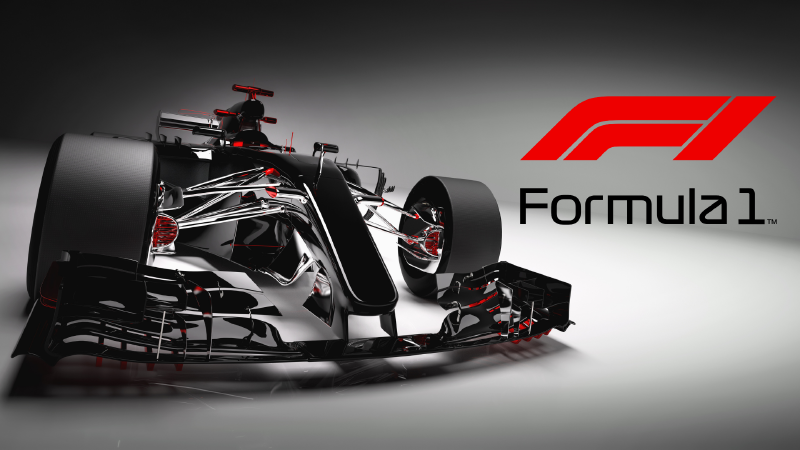The Day of Qualification
Saturday is one of the most important days of a race weekend as this day decides the order for the main race on Sunday. How exactly does it go through? What are Sprint Qualifications that were introduced this year and what other rules are the drivers required to follow after a qualification? Read on to find out! Before that, it’s always good to know certain terminologies to better understand F1, you can find them here.
Qualification Saturday
The Saturday begins with a Free Practice session, the third of the weekend, this is a very important session as this is the last practice session that a driver gets. On some tracks, the FP3 session is conducted under the same environment as the main race and around the same time so that the drivers have better exposure to the track. This is important for another reason as it is also the last time the constructors can make any changes to the cars before the qualification session begins. If a driver isn’t careful and decides to crash their car, this could mean sabotaging their qualification session (that is the constructor cannot fix the car on time) since it happens just a couple of hours after FP3 thus potentially sabotaging the main race with the driver starting potentially last. So, it is important that a driver remain careful and attentive at all times, and still provide the team with crucial information to improve the car for the qualification race.
The Qualification race is carried out in a similar manner as the free practice. Except that it is held in 3 parts or phases. In the first session of qualifying – called the Q1 – all the drivers have 18 minutes to go out on the track and set their fastest times just like in a Free Practice Session, except that this time, the times set matter. At the end of that period, the 6 bottom most cars or the slowest cars are eliminated and will form up on the position 17-22 on the grid, and the remaining 18 cars go through to the next phase. This number also depends on how many cars there are on the circuit.
The times set by the remaining cars are deleted and the same thing continues again, this time in a 15-minute session called Q2. At the end of this session, six more cars are eliminated and form the positions 11-16 on the grid for the final race. The fastest cars go through to Q3. Interestingly, all 10 cars that go to Q3 have to use the same tyres for the main race that they set their fastest laps in Q3 So it is very important for the top-10 to decide their tyres and hence strategy carefully as it could be make-or-break for them.
The 10 drivers now go head-to-head in another 12-minute session called the Q3 to decide the top 10 positions on the grid of the main race. The Drivers usually try to set 2 or more laps during this time. The Fastest laps of the drivers are taken into consideration and the top 10 are decided the cars then line up on the grid in order of fastest qualifying times from 1-10. It is important to note that Q1, Q2, and Q3 are milestone targets. If a driver from Q3 initially set a faster lap than the driver now in 10th place, he isn’t eligible to switch places and will still race from that position. If during the weekend, any of the drivers receive grid penalties for various reasons, they then move down that many places, and the rest bunch up.
The Driver that takes first place on the grid is said to have taken ‘Pole Position’ and is called the pole sitter and will start the race up front. Needless to say, this position gives a very significant head start to the person as he not only has a positional advantage but will also have cleaner air to start the race (Here cleaner air stands for aerodynamically clean and undisturbed) and hence this position is very much sought after.
In the Next parts of All About F1 we look at the Main Race on Sunday, the strategies, the drama that occurs, everything! Stay tuned!
